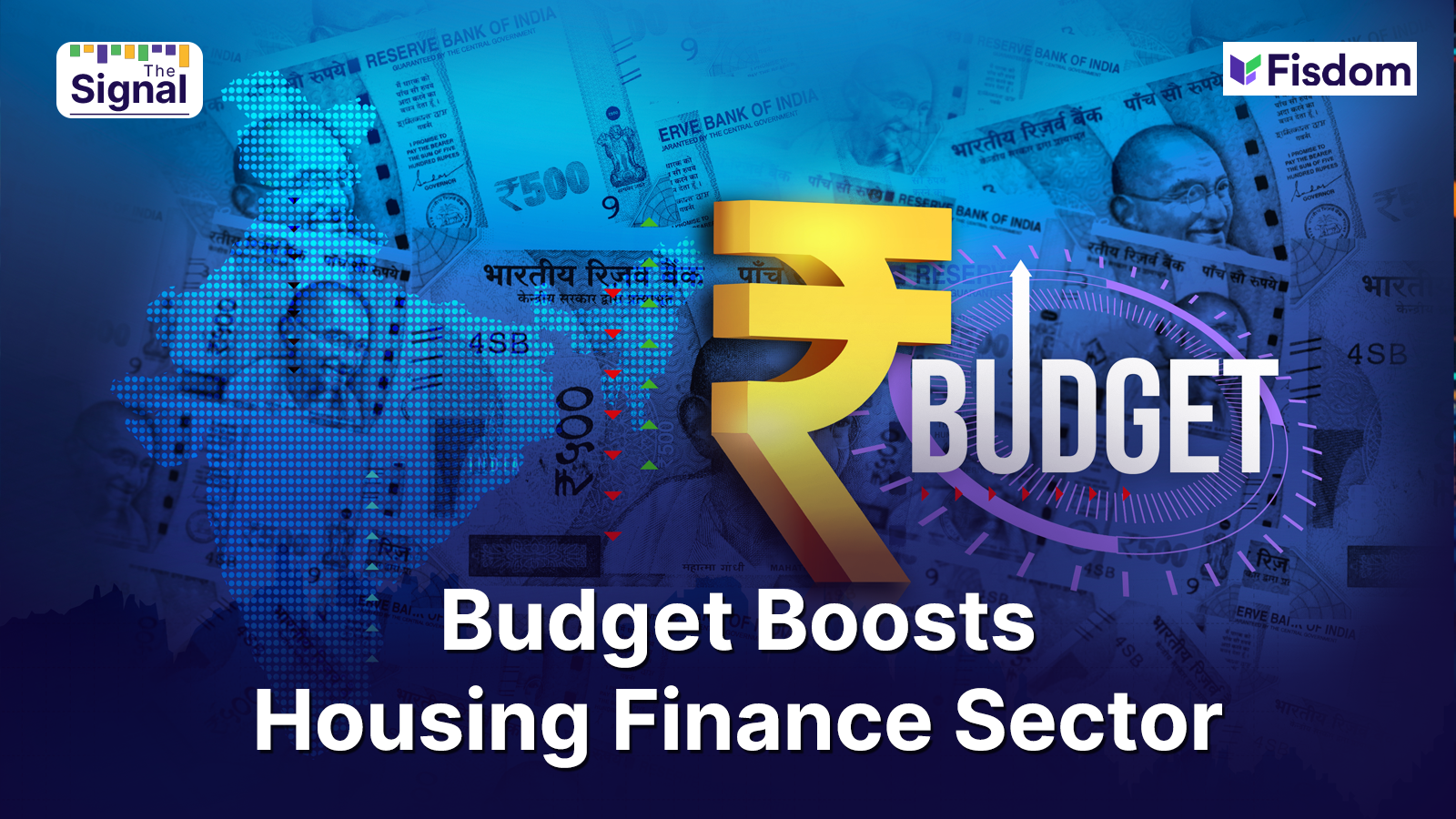
The “housing for all” initiative remains a critical focus for the Indian government due to the socio-economic importance of providing sustenance for India’s growing population. Over the past few years, there has been a marked increase in budget allocation for housing, demonstrating the government’s commitment to this sector.
Government Initiatives and Budget Allocation
In June 2015, the Government of India (GoI) launched the Pradhan Mantri Awas Yojana – Urban (PMAY-U) to assist eligible households in constructing homes with basic amenities. Over the past decade, more than four crore houses have been sanctioned under this scheme. The newly elected government has reiterated its commitment to housing by deciding to build an additional three crore houses under the PMAY scheme over the next five years. This includes two crore houses under the PMAY-Gramin (PMAY-G) scheme, which was launched in November 2016.
According to the latest data, PMAY-G accounts for two-thirds of the total allocation of Rs 80,671 crore for FY25 under PMAY, announced in the interim Budget 2024 in February. The Union Budget 2024 continued to focus heavily on housing, with the finance minister reiterating the government’s earlier commitment to build three crore additional rural and urban houses. The budget allocation for PMAY-Urban saw a significant jump of 37 percent to Rs 30,171 crore for FY25, compared to the revised estimate of Rs 22,103 crore for FY24. The allocation for PMAY-Rural also increased significantly, indicating the government’s strong intent to reinvigorate affordable housing demand.
Economic Impact of Housing
Housing has a high multiplier effect and beneficial forward and backward linkages in the economy. It is connected to over 20 other sectors and sub-sectors, making it a crucial economic driver. The economic impact of housing extends beyond construction. Activities such as furnishing, decorating, remodeling, repairs, extensions, and property alterations continue to drive economic activity, generating replacement demand.
The housing push directly benefits real estate developers and housing finance institutions. The affordable housing finance segment is growing rapidly, supported by several government initiatives and regulatory push, including priority sector status and lower risk weights on small-ticket loans. Despite rising competition from banks, this segment offers a favorable risk-reward ratio and a long growth runway due to high yields across cycles.
Affordable Housing Finance: A Growing Segment
The AHF segment, with smaller ticket sizes of up to Rs 15 lakh, accounts for less than 5 percent of the overall home loan market. However, there is a huge opportunity for well-established financiers in this space. The segment has high yields and a multi-year growth opportunity due to the large credit under-penetration in rural and semi-urban regions. The niche segment is poised to grow at a CAGR of around 30 percent in FY24-25, according to Care ratings.
Although competition has been stiff with many new entrants in recent years, strong policy support and sector tailwinds—rising urbanization, improving affordability, and penetration—will benefit well-established companies with higher returns on assets, backed by superior yields and better asset quality.
Government Support and Sector Tailwinds
The government’s focus on affordable housing finance has created favorable demand-supply dynamics in this sector. The credit gap is substantial, and the affordable housing segment, with smaller loan ticket sizes, is in a sweet spot due to the government’s emphasis. This segment is the fastest-growing sub-segment for housing finance companies (HFCs).
The government’s initiatives, such as the PMAY schemes, have significantly boosted the housing finance sector. The increased budget allocation demonstrates the government’s commitment to addressing housing needs and promoting economic growth. The housing finance sector is set to benefit from this continued emphasis, providing opportunities for growth and development.
In conclusion, the budget’s focus on housing for all and increased allocation for the PMAY schemes underscore the government’s commitment to the housing sector. This sector’s growth is vital for economic development, providing numerous benefits through its multiplier effect and linkages with other sectors. The affordable housing finance segment, in particular, is poised for significant growth, offering lucrative opportunities for investors and financiers alike.
Market this week
| 22nd July 2024 (Open) | 26th July 2024 (Close) | %Change | |
| Nifty 50 | ₹ 24,446 | ₹ 24,850 | 1.7% |
| Sensex | ₹ 80,409 | ₹ 81,333 | 1.1% |
- The Indian market continued its upward trajectory, reaching fresh record highs in the Budget week ending July 26.
- Positive global cues, including better-than-expected US GDP data, suggested an early rate cut by the US Federal Reserve, boosting investor sentiment.
- The market experienced volatility throughout the week, influenced by F&O expiry, Union Budget announcements, and mixed earnings reports from Indian companies.
- Foreign institutional investors (FIIs) turned net sellers during the week, offloading equities worth Rs 4,721.26 crore.
- In contrast, domestic institutional investors (DIIs) emerged as net buyers, acquiring equities worth Rs 8,109.78 crore.
- This divergence in investment behavior highlighted the differing perspectives of global and local investors amidst the evolving economic landscape and policy developments.
Weekly Leaderboard
| NSE Top Gainers | NSE Top Losers | ||||
| Stock | Change (%) | Stock | Change (%) | ||
| TATA Motors | ▲ | 13.0 % | Axis Bank | ▼ | (8.9) % |
| HDFC Life Insurance | ▲ | 10.6 % | WIPRO | ▼ | (5.8) % |
| Sun Pharma | ▲ | 9.3 % | Nestle India | ▼ | (4.7) % |
| NTPC | ▲ | 8.8 % | ICICI Bank | ▼ | (3.3) % |
| Bharat Petroleum | ▲ | 8.2 % | Bajaj Finserv | ▼ | (3.3) % |
Stocks that made the news this week:
- ITC’s Chairman and Managing Director, Sanjiv Puri, announced the company’s investment outlay of Rs 20,000 crore for the next five years. Despite facing headwinds, this significant investment aims to enhance ITC’s competitiveness and prepare for future opportunities. Puri emphasized ITC’s unwavering confidence in the India growth story, reflected in this substantial medium-term investment plan.
- Aditya Birla Group announced its entry into the branded jewellery retail market with a Rs 5,000 crore investment under the new brand name ‘Indriya.’ This brand will operate under Novel Jewels, with the first four stores opening on July 27 in Delhi, Jaipur, and Indore, and plans to expand to 11 cities in the next six months. The group aims to become one of the top three national players within five years, with Chairman Kumar Mangalam Birla targeting a 50 percent CAGR over this period, as stated at the launch event in New Delhi.
- Mphasis stock surged over 8 percent to a 52-week high of Rs 3,077.95, driven by positive management commentary following the April-June quarter results. The company’s net profit grew 3 percent quarter-on-quarter to Rs 404 crore in Q1 FY25, with revenue remaining flat at Rs 3,422 crore. On a constant currency basis, revenue increased by 0.1 percent sequentially, and the EBIT margin stood at 11 percent. Additionally, the management provided an optimistic FY25 margin guidance of 14.6-16 percent.














